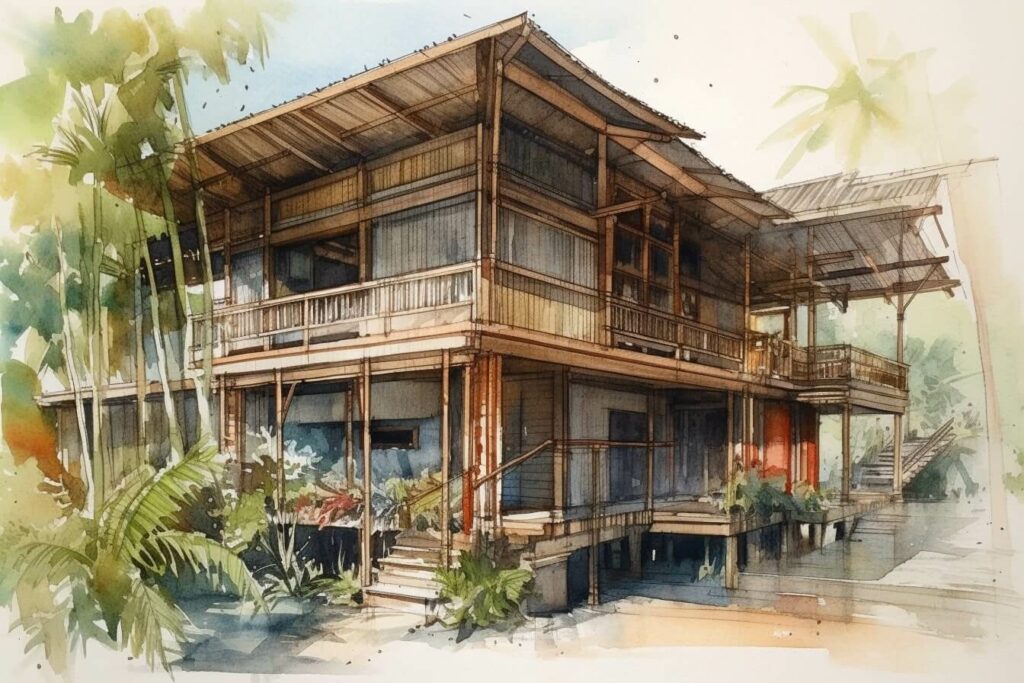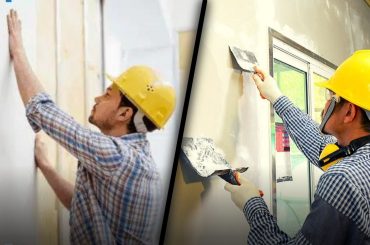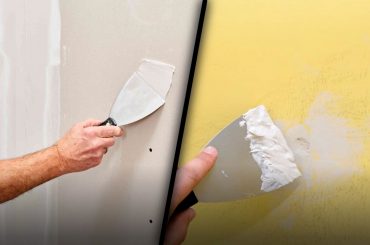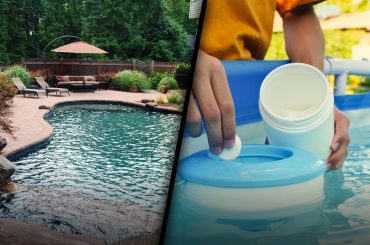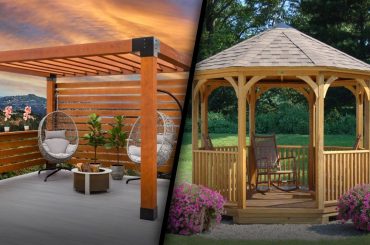Increasingly available to DIYers, sustainable building materials are being compared to traditional building materials.
Using more environmentally friendly building products has become increasingly important to many homeowners and contractors after hearing so much about sustainability in the news. We will examine some sustainable materials and see how they compare with traditional ones now that they are more readily available to DIYers.
Traditional Building Materials
In a nutshell, traditional building materials are those we have been using for years as DIYers and contractors. As the decades passed, some of these products evolved, but more in terms of health, safety, and efficiency than eco-friendliness. They’re generally inexpensive because they’re well-known.
Sustainable Materials
Sustainable materials are those that are produced, used, and disposed of in a way that is environmentally friendly.
Sustainable home building materials I have used are manufactured from waste products, come from properly managed forests, and have longevity features. Some of these materials are more expensive than traditional materials, and some of them even require a new installation method. What you need to know about sustainable construction.
Fiberglass Insulation vs. Mineral Wool Insulation
Fiberglass insulation
We have been insulating our homes with fiberglass insulation for many years.
Pros:
-
A 2×4 wall is rated R-11 for its resistance to heat transfer;
-
It is available in batts of different widths and as loose-fill, making it easy to install in any attic or wall cavity;
-
Kraft paper can be used as a vapor barrier;
-
Affordability.
Cons:
-
Only 20% to 30% of the material is recycled;
-
Its R-value decreases significantly when compressed or wet;
-
In spite of being non-combustible, it won’t provide a great fire barrier.
Mineral wool lnsulation
An environmentally friendly insulation material, mineral wool is made from slag, a byproduct of steel production that is heated and spun into a fibrous material that resembles wool.
Pros:
-
A higher R-value (a 2×4 wall has an R-15 value);
-
Isolates sound well because it is really dense;
-
Fire-resistant and won’t absorb water;
-
70% of the material is recycled.
Cons:
-
Costlier;
-
Insulation that is heavier than other options;
-
In spite of the fact that the insulation product is made from recycled material, the manufacturing process is energy-intensive.
Smart Vapor Retarder vs. 6-mil Poly Sheeting
Our Sustainable Retreat features a new product called a smart vapor retarder. Because MemBrain Vapor Retarder by CertainTeed allows moisture to escape the wall cavity while keeping moisture out, we selected it over 6-mil poly sheeting.
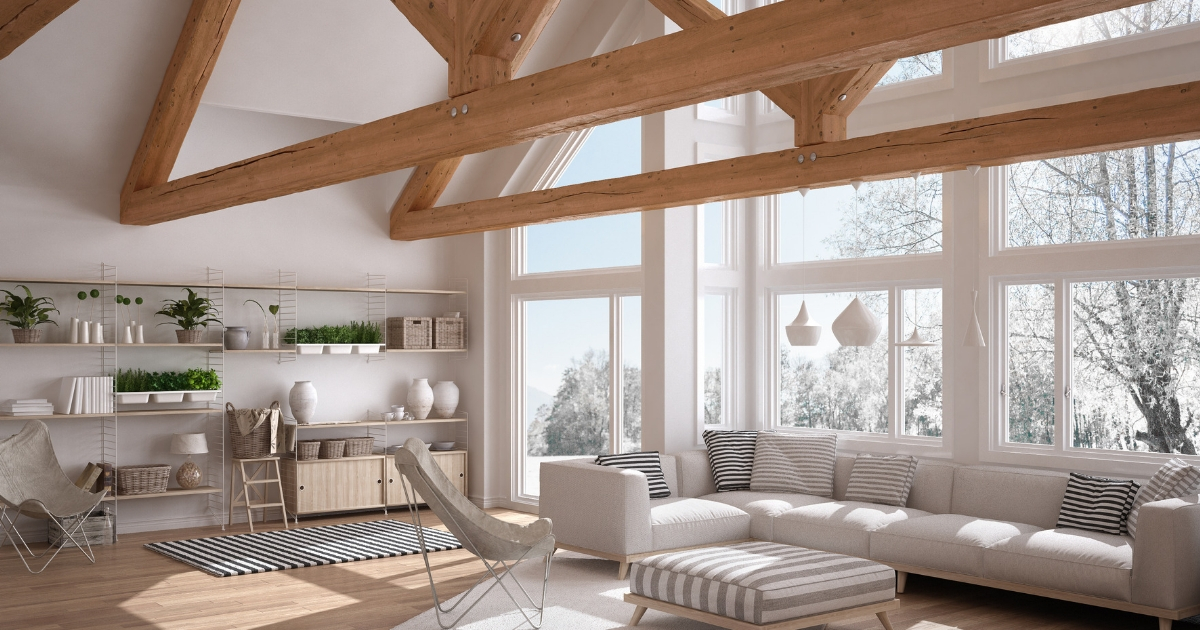
Solid Wood Trim vs. Finger Jointed Trim
When considering sustainable options, trim is often overlooked, but they do exist!
Wood trim
Compared to solid wood-stained trim, there are few alternatives. Look for the Forest Stewardship Council (FSC) stamp when staining and installing solid wood trim.
Finger joint trim
In new homes nowadays, most trim is painted. It is always finger jointed trim that I use when I install primed for paint trim.
This type of trim is made up of a wide variety of small cut offs that have been finger joined together. Lumberyards use this method to create the straightest trim by joining unusable pieces of wood together.
Sustainable Siding
A walk around the neighborhood in many American neighborhoods will reveal stucco, vinyl, wood, masonry and even engineered wood sidings. Original siding is still in place on most houses, which makes them more sustainable.
Some of the most popular cladding choices are listed here with their pros and cons.
Vinyl
Despite popular belief, vinyl siding can be a sustainable option.
Pros:
-
The cladding will look good for decades; it is tough;
-
Any trimmings or scraps from its manufacturing process are melted down to make more siding, so it produces virtually no waste;
-
It can be recycled. Recycling centers shred and reuse it to make other useful items;
-
Affordably priced.
Cons:
-
Over time, colors fade;
-
Cracks or breaks easily;
-
The waste will sit in the landfill for a very long time if it is not recycled.
Engineered wood
In order to form different types of siding products, wood chips are compressed and adhered together like OSB sheathing.
Pros:
-
Boards, panels, trim boards – many styles available;
-
Designed to last for up to 30 years with no painting required;
-
Keeps lumber processing waste out of landfills;
-
Cutting blades are not required.
Cons:
-
Costlier;
-
Prevents overdriven nails by carefully adjusting pneumatic nail guns;
-
Before installation, each cut must be sealed.
Stucco
Throughout the U.S., stucco is a popular cladding material. A mixture of cement, sand, and water is used to make it.
Pros:
-
Longevity. Properly installed, it can last for decades;
-
The insulating properties of stucco help reduce energy costs by regulating the temperature inside a building;
-
Maintenance-free. After installation, stucco doesn’t need to be painted and only needs to be cleaned occasionally;
-
Stucco aggregate can be crushed and recycled easily.
Cons:
-
This is not a DIY-friendly option;
-
The extraction of raw materials requires a lot of energy;
-
It is difficult to match texture and color when repairing and patching.
Cedar vs. Composite Decking
There is often a big debate over the type of material to use for a deck. Cedar and composite boards are two of the top options. Sustainability may determine which of these two options is best for you.
Cedar decking
For long-lasting decks, real wood is a common option.
Pros:
-
Renewable natural resource;
-
It is resistant to insects, weather, and rot;
-
It can be stained or left natural;
-
At the end of its life, it is easy to recycle;
-
Using deck screws or hidden fasteners, it is easy to work with and install.
Cons:
-
Cracks, splinters, and splits are common;
-
Every few years, it needs to be sanded and refinished.
Composite Decking
Up to 95 percent of the plastic and wood pulp in composite decking is recycled.
Pros:
-
Some manufacturers offer 20-year or longer fade warranties;
-
Except for occasional cleaning, there is no maintenance required.
Cons:
-
Due to the inclusion of wood pulp, this product cannot be recycled;
-
Cutting boards to size requires a special composite blade;
-
Compared to wood, it is much heavier and more expensive;
-
Support may need to be added.

